The inscription on Dr. Bat Sheva Yonis-Gutman’s headstone at Trumpeldor Cemetery in downtown Tel Aviv does not cite her date of birth, but only the date of her emigration to Israel. That was common practice among members of the Second Aliyah, who wanted to leave behind every trace of their lives in the Diaspora and be reborn in the Land of Israel.
Just so you know, one of the first female physicians in Israel’s pre-State community was born on January 1, 1880 in Tarutyne, a village in the southwest region of the former Russian Empire. Her father, Shlomo, was a wealthy businessman who owned a factory that made sewing notions. He had a broad-based Jewish education and was a lover of Zion. He married Faige, the daughter of Shmuel Lifschitz from Kishinev, who also came from an affluent Zionist family.
A few years later, the family moved to Odessa so their four children could get a better education. Bat Sheva attended a private secondary school where she studied secular subjects. She also learned Hebrew from a tutor named Yehuda-Leib Davidovich, who was one of the first people in the Diaspora to use Hebrew in daily life. He belonged to a group that included Shaul Tchernichovsky, Nahum Slouschz and Joseph Klausner, who together founded the Sefatenu Itanu (Our Own Language) society.
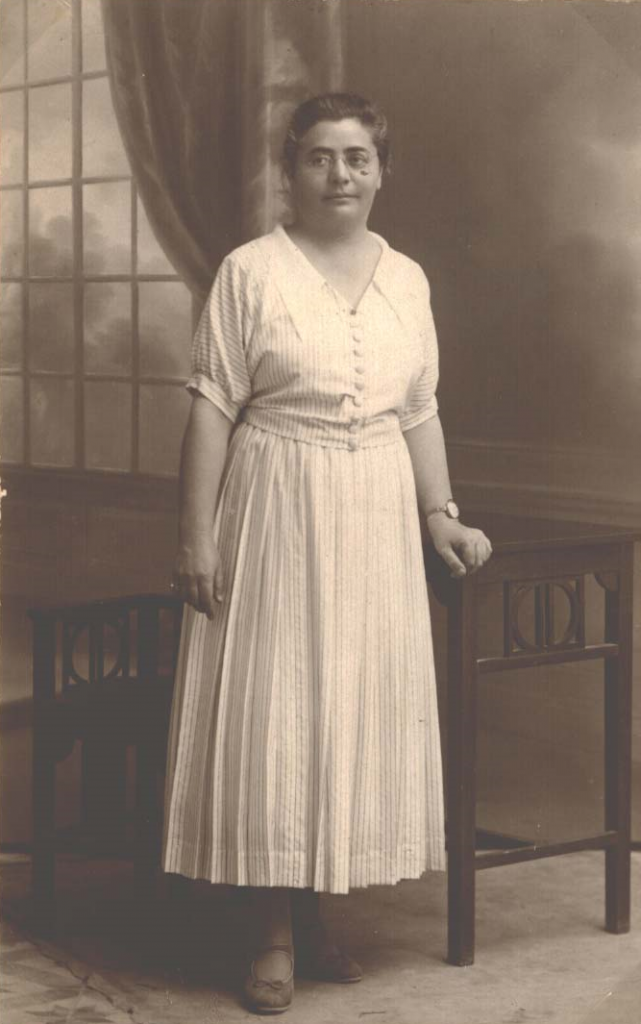
After graduating from secondary school with honors in 1897, Bat Sheva’s only dream was to become a doctor. But in those times, women in the Russian Empire were not allowed to study medicine. So the only way she could fulfill her dream was to be accepted to one of the universities in Europe – either in Zurich, Berlin or Geneva.
Her father strongly objected to the idea of his 17-year-old daughter leaving home and going to another country. “Why medicine? Perhaps you should study something practical, like sewing or millinery, so you’ll be able to support yourself,” he pleaded with her. But Bat Sheva’s mother, Faige, actually supported her daughter’s plans and gave her the needed money for the trip.
Bat Sheva arrived in Geneva, only to find out that she wasn’t old enough to attend the university. The admissions committee advised her to go back home and reapply the following year. After hearing that, Bat Sheva broke out in tears in front of the shocked professors and told them how she had fled from her father and that her dream was about to be shattered.
The professors gave in and approved her application, and never regretted it. Despite her young age, Bat Sheva finished her first year at university with high marks. An even greater achievement was awaiting her when she went home to Odessa for summer vacation, when her excited, placated and proud father presented her with a gold watch.
While in Geneva, Bat Sheva joined a group of Zionist students headed by Chaim Weizmann, who at the time was a lecturer in the Faculty of Chemistry. Alexandra Belkind, who had come to the university from pre-State Israel, was one of her fellow medical students. A couple of years later, in 1903, they were joined by Miriam Kisilova, who had already completed her first year of medical school in Berlin. The three of them would later become the first female doctors in the pre-State Jewish community in Israel.
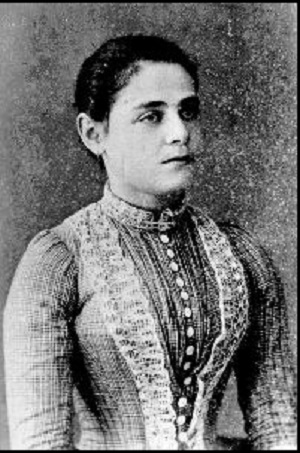
Bat Sheva graduated from medical school cum laude in 1904. After receiving her degree, she returned to Odessa to start her internship at the Jewish hospital in the city, which at the time was considered one of the largest and most advanced hospitals in the Russian Empire. Three years later, she also passed the government exams and received a license to practice medicine.
At about the same time, Bat Sheva decided to her fulfill her Zionist dream and emigrate to pre-State Israel, where the Jewish community was in dire need of physicians. Bat Sheva’s sister, Esther, had already settled in Gedera with her family. Before making the move, Bat Sheva went to Berlin for training in obstetrics and gynecology. She also furthered her education in ophthalmology because malaria and trachoma, which can rob people of their eyesight, were the two most prevalent diseases that the Jewish settlers in pre-State Israel were contending with.
On April 11, 1909, Dr. Bat Sheva Yonis arrived at Jaffa Port and went to live in Gedera with her sister. Even though she was well informed about the quality of the medical services in the country, when she saw them with her own eyes, only then did she realize just how bad the situation was. There was a shortage of gynecology clinics and dental clinics., the hospitals were terribly overcrowded, the sanitary conditions were poor and contributed to morbidity, and mortality rates in the population were very high, especially among mothers and babies.
Gedera had no doctors, no pharmacy, and not even one midwife. To receive care, the residents had to go to Rishon LeZion. So, Dr. Yonis became the first physician in Gedera. She was entrusted with the health of the residents and the treatment of infectious diseases, in addition to delivering babies when needed. She was on call every hour of the day, 24/7, and could be summoned to her patients’ homes without any prior notice. Despite the burden on her, Dr. Yonis opened a pharmacy in the colony and provided service to everyone, Jews and Arabs alike. Her salary was paid by the committee that managed the colony.
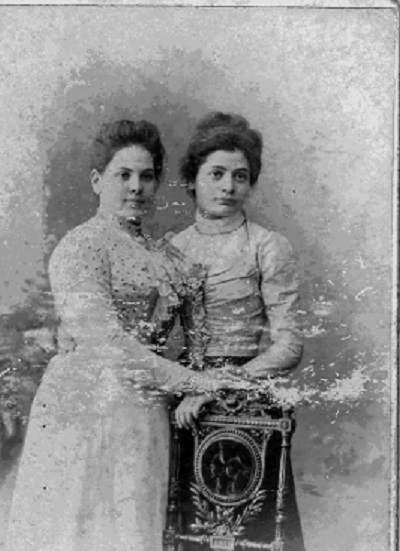
Bat Sheva Yonis, a graduate of the University of Geneva, the pampered child of her mother and father in Odessa, learned how to ride a mule so she could get to her patients more quickly. She even received a riding ‘license’ after learning how to keep in the saddle.
After spending a year in Gedera, she moved temporarily to Hadera where she filled in for Dr. Hillel Yaffe, who had gone to Europe for advanced training. In Hadera, she also found love. Simha Ben Zion (Gutman) was a writer and a teacher, a widower, and the father of five children.
They bought a lot on 7 HaShachar Street in Tel Aviv. On part of it, the Yonis-Gutman family built a two-story house. They donated the other part to the Herzliya Hebrew Gymnasium (high school) in order to create an unobstructed footpath from HaShachar Street to the school.
After moving to Tel Aviv, Dr. Yonis joined the staff of Sha’ar Zion Hospital in Jaffa, which was the only Jewish medical center in the area. Dr. Alexandra Belkind, Dr. Yonis’s friend from the University of Geneva, also worked at Sha’ar Zion. Both of them were gynecologists who treated many women who preferred to be their patients rather than go to a male physician.
Having two female doctors at the same medical facility led to the establishment of a gynecology department at the hospital, which treated women who lived nearby, both Jews and Arabs. Furthermore, given the care-related advantages offered by the hospital, even the most conservative Muslim women from the area also sought treatment there.
In addition to being a gynecologist, Dr. Yonis also worked as an assistant to Dr. Aryeh Puchovsky, the pioneer of Jewish surgery in pre-State Israel. Because Dr. Puchovsky had come to the country with the clear intention of founding a private surgical hospital, he brought everything that was needed with him, including surgical instruments and sterile pads in closed glass jars. Dr. Yonis reported that during the first year of her work there, 46 complicated operations were performed at the hospital, all under general anesthesia. None of the patients died and all were discharged from the hospital in good health.
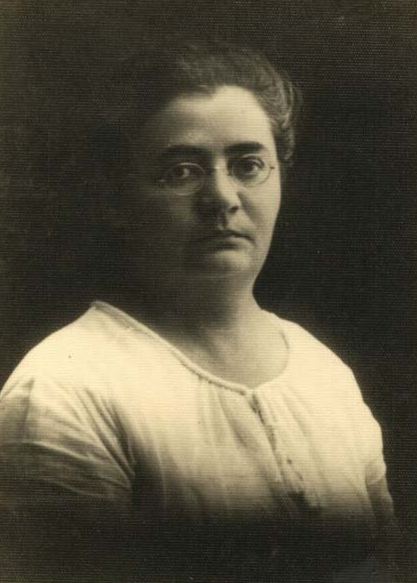
Apart from working around the clock, Dr. Yonis was also a member of the sanitation committee of Ahuzat Bayit, Tel Aviv’s first neighborhood. The committee members volunteered their time and made the health of the residents their top priority, while teaching them the principles of personal hygiene to prevent the spread of infectious diseases. And if in the course of doing so they also produced able-bodied and mentally healthy Jews in the land of their forefathers, that too was a welcome outcome. The steps that were taken as a result of the work done by the committee laid the foundations for the Israeli public health system.
Dr. Yonis was also active in the B’not Brith Society in Tel Aviv and in the Association of Women for Equal Rights, whose aim was to advance underserved population groups, and especially babies and children, and promote the rights of women in the country.
While working at Sha’ar Zion Hospital in Jaffa, Dr. Yonis witnessed the difficult hardships faced by Jews in the city who were originally from Yemen. In August 1913, she opened a daycare center for the children of Yemenite mothers from Jaffa who made a living cleaning houses and doing laundry, and whose workday was very long.
Around 20 infants and toddlers up to the age of three were accepted to the daycare center. They were cared for by two caregivers, and Dr. Yonis was in charge of the medical supervision. To prevent the center from becoming a charitable institution, a decision was made that every mother would pay a nominal fee, which contributed to the joint effort to maintain the daycare center.
At the beginning of 1914, Dr. Yonis was appointed head of gynecology and obstetrics at Sha’ar Zion Hospital, a position she filled until the hospital was shut down. In parallel with that, she also saw patients at her private clinic on 7 HaShachar Street.
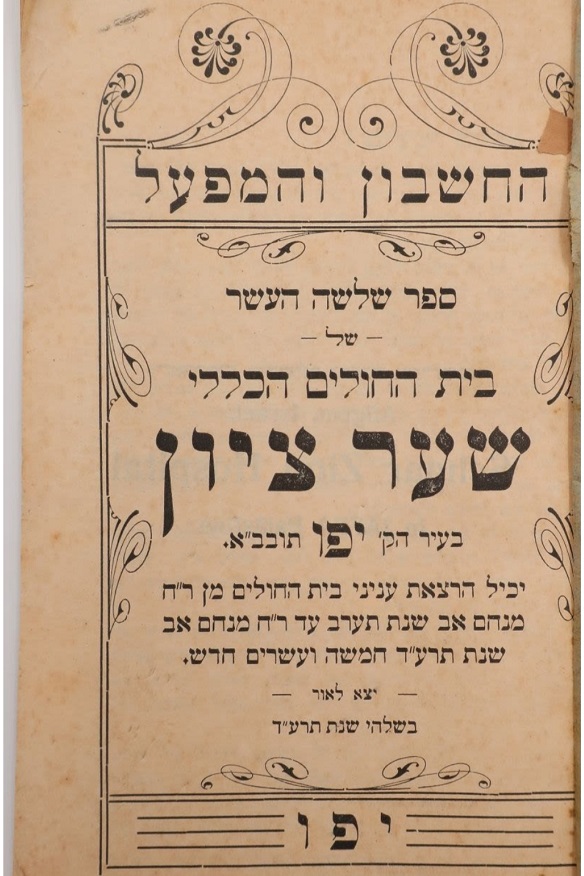
And in addition to all her other endeavors, Dr. Yonis was a founder of the Land of Israel Hebrew Medical Association, which was an umbrella organization for the entire medical profession in the country. It would later become the Israeli Medical Association.
Following the outbreak of World War I, Dr. Yonis and some other doctors stayed behind to treat the local population until 1917, when the Jews living in Jaffa were deported. Sha’ar Zion Hospital was shut down and Dr. Yonis relocated to Petach Tikva along with the other deportees. After the war ended and the British occupied the country, she returned to Tel Aviv and continued to work in a hospital and treat patients in her private clinic.
In August 1918, the American Zionist Medical Unit formed by Hadassah was sent to the country in order to extend immediate medical assistance to the people living here. The centralized structure of that unit led to friction between its members and the local medical professionals, many of whom were forced to resign. In 1923, the Land of Israel Hebrew Medical Organization was established, where Dr. Yonis worked as a gynecologist for 24 years until the day of her death. People later reported that after making home visits and seeing the patients’ poverty first hand, she not only waived her fee, but also gave them money to buy food and medications.
Dr. Yonis had no children of her own, but raised her spouse’s five children, one of whom later became the famous painter, Nahum Gutman. In her will, Dr. Yonis left the money from her estate to various organizations, including the Jewish National Fund and the Medical Association. Her home on HaShachar Street was later torn down and a multistory building was constructed in its place. There is no street named after Dr. Bat Sheva Yonis, neither in Tel Aviv nor in Gedera. A clinic built in Gedera in 1952 and a well-baby clinic that was opened in Tel Aviv in 1963 bear her name. The Israeli Medical Association has a fund in her memory, which grants scholarships to doctors who have been accepted to fellowship positions at medical centers overseas.